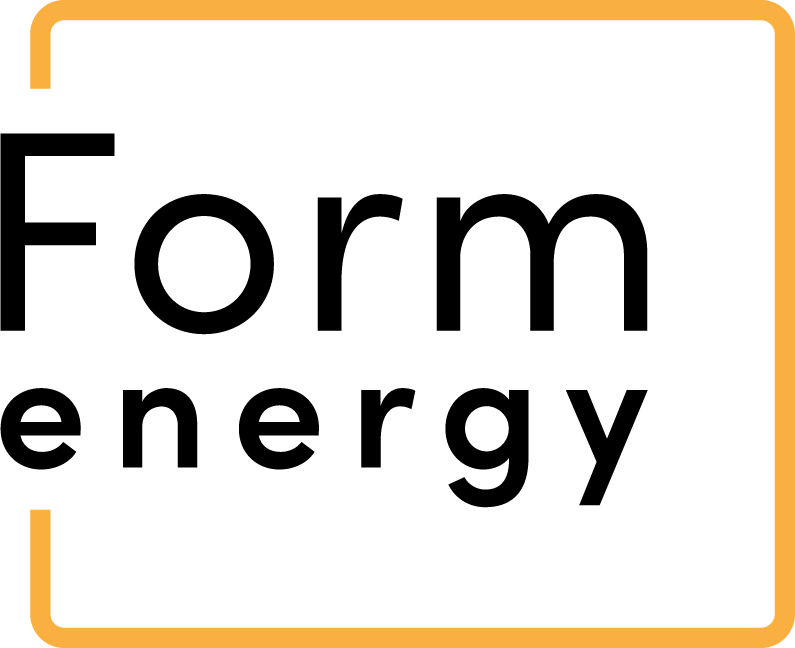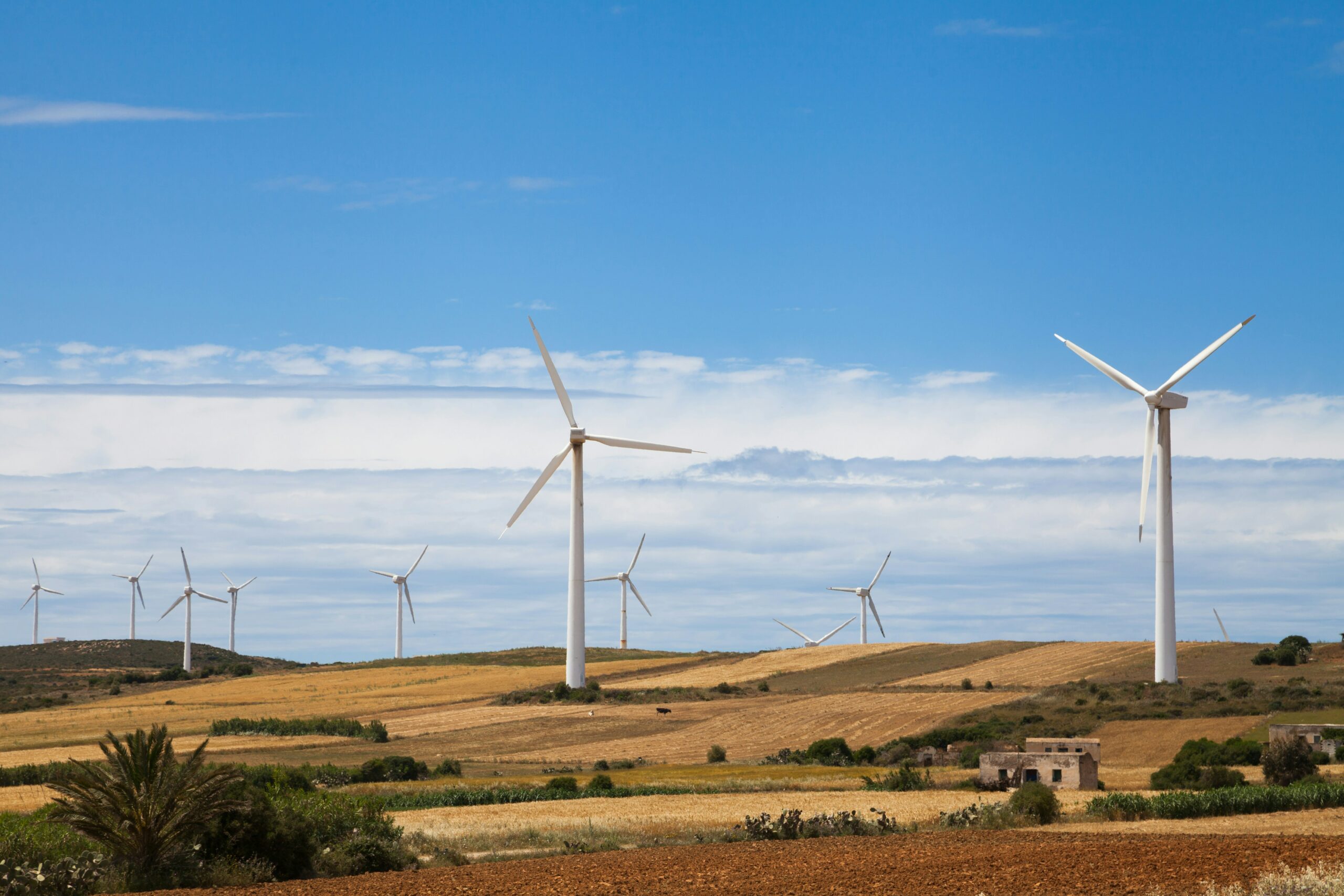Energy Storage: A Brief Overview
In many ways, energy storage is the missing link between the generation of renewable energy and its application in homes, industry, and electric vehicles (EVs). Renewable energy is notoriously fickle; a good chunk of its global yield comes from wind and solar power, both of which are intermittent and not always reliable. That makes it tricky to integrate into the grid.
The best way of dealing with this is to bunker the energy and release it when it’s needed. When winds are high and the sun is out, renewable energy floods the grid, and any excess is stored. During a lull, or at night, this storage can be used in lieu of the nonrenewable energy that now dominates the grid. Energy grids aren’t the only field that stands to benefit from energy storage, though; EVs rely on batteries to keep them going. The more efficient these batteries, the better the car, and the more incentive consumers and governments have to support the transition to EVs.
Market Trends
Between the grid and EVs, energy storage has become one of Greentech’s most important sectors. According to a report by BloombergNEF, the global market nearly tripled in 2023 – not surprising, given that the world now runs on over 30% of renewable electricity. Some countries, like Costa Rica or Portugal, already depend on renewables for over 90% of their electricity needs; others, like New Zealand, Austria, and Estonia, are going for 100% renewable energy by 2030. And with energy superpowers like the US and China ramping up their renewable capacities too, the stuff could account for nearly half of global electricity demand by the end of the decade. That’s going to need a lot of storage.
As for EVs, they’re pretty much made in the shade. 2023 saw almost 14 million in EV sales, constituting nearly one in five cars sold, according to the International Energy Agency; that’s a pretty meteoric rise compared to 2013’s meagre 0.2 million.

6 Energy Storage Startups You Should Keep Your Eye on in 2025
1. Form Energy (US)

Funding: >$1.2B
If there’s a frontrunner among the energy storage startups, it’s got to be Form. Founded in 2017 out of the US, the startup has racked up $1.2 billion in funding. Its specialty is the iron-air battery, which it builds at one-tenth the cost of the more popular lithium-ion battery. As reported by MIT Technology Review, iron-airs are not only cheaper, but also have greater storage capacity and longer lifespans than lithium-ions (even if they’re not quite as efficient, losing up to 50% of energy input). Nevertheless, Form’s batteries – which it claims store ‘100 hours of energy’ – have convinced investors and the odd fed to shell out enough cash for the company to ramp up production at its first manufacturing site, which it completed in 2024. By 2028, Form estimates it’ll achieve an annual manufacturing capacity of at least 500MW.
2. Zenobe (UK)

Funding: >$1B
Zenobe, an energy storage startup founded in the UK in 2017, has fingers in both the EV and grid storage pies – and it’s got £1 billion in funding in the bank for its efforts. Part of its business is helping other companies electrify their fleets of buses and trucks; the startup claims to be a market leader in the scene. On the grid-scale energy storage side of things, Zenobe has 735MW in ‘contracted storage assets’ and is ‘on track’ to manage 1.2GW of battery power by 2026; its portfolio includes the 100MW Capenhurst 100 battery, which the company claims will be the ‘largest transmission-connected battery in Europe.’ But wait, there’s more; Zenobe is also honing in on refurbishing EV batteries to create cleaner alternatives to diesel generators. Its ultimate goal is to create a circular economy for batteries.
3. 24M Technologies (US)

Funding: >$526M
24M Technologies, an MIT spinout, says it’s reinventing the battery – both in terms of manufacturing and the product itself. As energy storage startups go, it’s not exactly a spring chicken; it was founded in 2010 in the US, using the years to rack up $526 million in funding and refining its suite of products and processes. Among its portfolio is a cost-reducing method of lithium-ion production as well as a rethinking of the lithium-metal system: a type of battery higher in energy density, but more prone to fires (as reported by Fast Company). 24M addresses this with a so-called separator – dubbed Impervio – that prevents the buildup of dendrites, the fragments of metal that cause fires. It’s also developed an electrolyte, Eternalyte, that could make 1,000-mile-per-charge batteries a reality.
4. Field (UK)

Funding: >$362M
With Field, we’re back to the world of large-scale grid storage. This energy storage startup was founded in 2021 out of the UK and has relieved investors of $362 million for its storage system. So far, Field has three battery storage sites in operation – all in the UK – totaling 60MW in capacity (as reported by Power Technology); it’s got another 450MW, distributed over seven projects, in the pipeline, and recently acquired a 200MW storage plant from Clearstone Energy. For now, Field leases or buys land from landowners to build and operate its sites in the UK, though it ultimately hopes to expand to Europe.
5. Hydrostor (Canada)

Funding: >$330M
Hydrostor is an energy storage startup founded in 2010 out of Canada that doesn’t build batteries – it uses the Earth as its battery instead. Its process starts by using renewable or grid energy to compress air to heat it. The heat is extracted and stored for later, while the now cool air is injected into an underground cavern; water is also injected to maintain pressure. It stays there until energy is needed, in which case the pressurized air is released to the surface to spin a turbine. Hydrostor’s first storage site – the 2MW Goderich centre – will soon be joined by another two totaling 700MW, now ‘under advanced development.’ Hydrostor claims to have a total of 7GW of projects in the pipeline and has attracted $330 million in investment.
6. Antora (US)

Funding: $237M
Antora’s batteries aren’t quite as avant-garde, but they still rely on something that’s fast becoming one of energy storage’s hottest technologies: thermal batteries. As you might guessed, these gadgets store energy in the form of heat; this makes them particularly useful for decarbonizing industrial processes, where heat is a big polluter. Antora, an energy storage startup founded in 2017 in the US, uses blocks of carbon to do the job and has raked in $237 million in investments for them. They’re about half the size of a shipping container (as reported by Forbes), and while each unit could power a few hundred homes – they heat up to 2,400°C – industry requires hundreds of them; that’s why Antora’s blocks are of a modular design to suit a variety of needs. Once they’re charged up, the blocks glow brighter than the sun; this light can also be converted into electricity with thermophotovoltaic (TPV) panels.
The Future of Energy Storage Startups
Given the predicted growth of renewable energy and EV startups – by 2030, up to 58% of car sales could be electric – the future of energy storage looks bright. But there’s plenty of work to do; in order to keep up with energy targets and demand, especially grid-scale storage will need to ramp up by 35 orders of magnitude. That means it’ll probably continue to be an area of interest for startups, who can innovate faster and more efficiently than larger companies, though large-scale deployment will require continued political support as well as cooperation with the industries that must use it. Since the above list features only the most prominent energy storage startups, most startups mentioned here hail from the especially lucrative startup environments of the US and Europe; however, there are countless more of them in China, India, and many other countries.
That belies the fact that China is – and, for the foreseeable future, will remain – the single largest market for energy storage, followed by the US and Europe, so Bloomberg NEF. Another report predicts the global market to grow by a factor of ten by 2035; the market –valued at $198.8 billion in 2022 – is predicted to jump to $329.1 billion by 2032. A lot of that can be attributed to governmental support, including subsidies, mandates, and other programs; both China and the US have built these up as of late. Of course, there are obstacles ahead – such as the Trump administration in the US, which has threatened to slash support for climate initiatives. But even so, energy storage remains as safe a business bet as they come in Greentech – because without it, there is no Greentech companies and startups.








